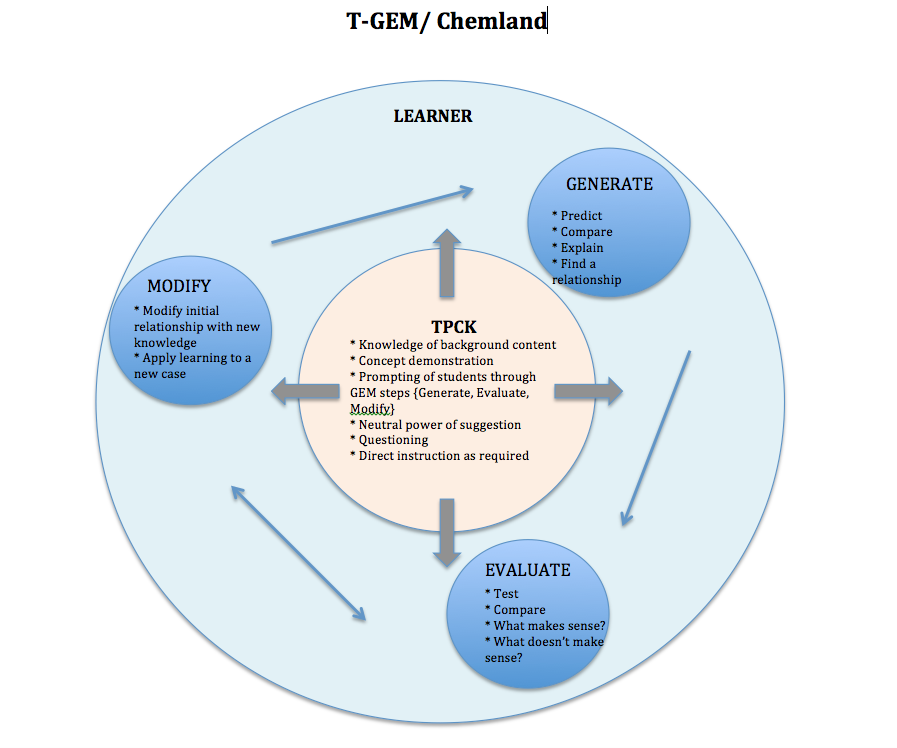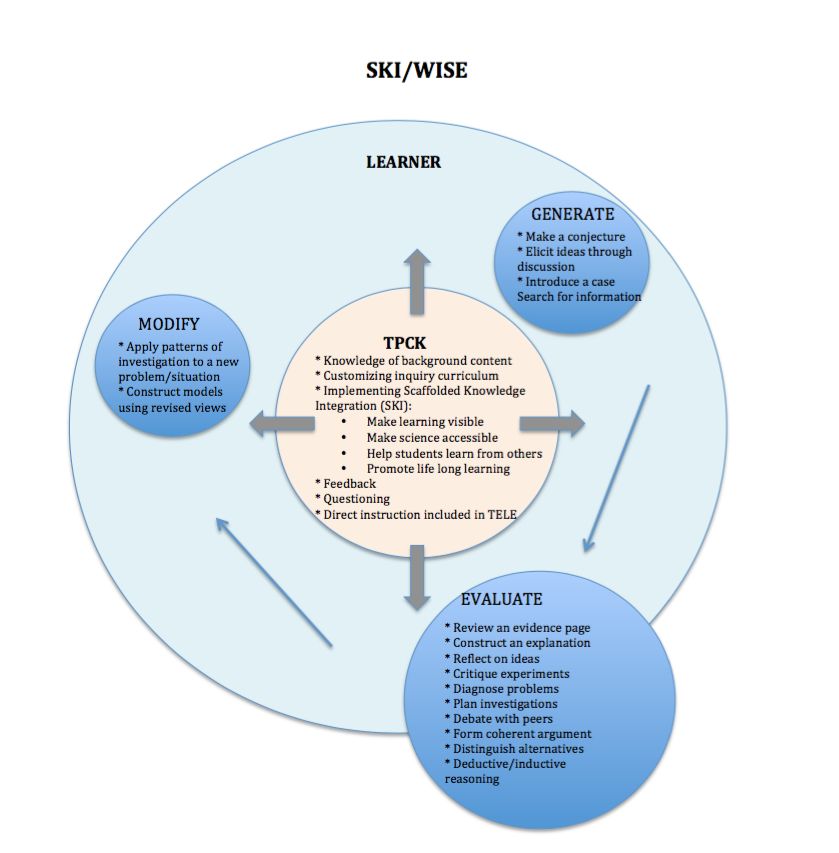In this week’s readings, I was drawn to the connection between learning and physical activities, actions, and gestures. As Winn (2003) points out, “successful students are anything but passive” (p. 13) and our classrooms must reflect and foster this fact. If students are to involve their entire bodies in learning, rather than just their brains, thereby embodying cognition as Winn describes it, then as educators, we must look carefully at how we construct our lessons and projects to support this. As Winn discusses, our natural views of the world are very limited and are based on our own experiences. While some digital technologies may recreate experiences for us, the question becomes how accurately can a computer programmer recreate a unique experience that each individual user’s knowledge and understanding can evolve from?
Ahmed and Parsons (2013) offer that mobile technologies provide students with “opportunities for increasing engagement, motivation and learning (Lin, Fulford, Ho, Iyoda, & Ackerman, 2012)” (p. 62). Their study uses a mobile learning application called “ThinknLearn” to engage students in abductive scientific inquiry while scaffolding learning so students are able to generate hypotheses based on inferences made through observations. The study places students in a real-life environment where they follow the Abductive Inquiry Model (Oh, 2011, as cited by Ahmed and Parsons, 2013, p. 64) of “exploration, examination, selection, and explanation” (p. 64) to collect and examine data with the aid of the “ThinknLearn” application to enhance learning experiences, performance, and critical thinking skills.
In a “no-tech” embodiment of learning, Novack, Congdon, Hemani-Lopez, and Goldin-Meadow (2014) explore the effect of physical action, concrete gesture, and abstract gesture in helping grade three students solve math equivalence problems, and beyond that, students’ abilities to generalize what they learned to a new concept. While the study showed that the students “were equally likely to succeed on the trained problems after instruction” (p. 5), researchers found “acting gave children a relatively shallow understanding of a novel math concept, whereas gesturing led to deeper and more flexible learning” (p. 6) with abstract gesture aiding generalization and concrete gesture leading to conceptual understanding.
In my own practice, I can see embodied learning being used to support a simple machines unit in science. Students can plan their machines using gestures and actions (in groups – incorporates social learning/collaboration), and will then build and test their machines in a trial-and-error learning environment, basing their learning on their interactions with the machines they are themselves creating. Technology can be brought in as students research and watch videos to help them overcome difficulties they face throughout the duration of their projects.
Questions for discussion:
1) Is it possible for a student to interact authentically in an artificial environment, given that the environment is created using if-then models based on predictable outcomes?
2) How does the increased integration of digital technology into the classroom impact the physical activities that connect students to learning? Do activities or actions performed using an electronic device connect students to learning in a similar way that physical activities or actions would in a traditional classroom setting?
3) “An artificial environment is completely predictable, because we have made it” (Winn, 2003, p. 13), but how does the environment that corresponds with the programmers’ views of the world match up with the experiences and understandings of an individual user? How does an artificial environment impact the learning of students who are from a different cultural background than the programmer? For example, how would an Indigenous student’s own experiences and knowledges be represented in an artificial environment created by a Western European? How would the experiences of a student who has recently arrived as a refuge be represented in an artificial environment created in North America?
References:
Ahmed, S., & Parsons, D. (2013). Abductive science inquiry using mobile devices in the classroom. Computers & Education, 63, 62-72. Doi: 10.1016/j.compedu.2012.11.017
Novack, M. A., Congdon, E. L., Hemani-Lopez, N., & Goldin-Meadow, S. (2014). From action to abstraction: Using the hands to learn math. Psychological Science, 25(4), 903-910. Retrieved from https://www.ncbi.nlm.nih.gov/pmc/articles/PMC3984351/
Winn, W. (2003). Learning in artificial environments: Embodiment, embeddedness, and dynamic adaptation. Technology, Instruction, Cognition and Learning, 1(1), 1-28. Retrieved from: http://isites.harvard.edu/fs/docs/icb.topic1028641.files/Winn2003.pdf





